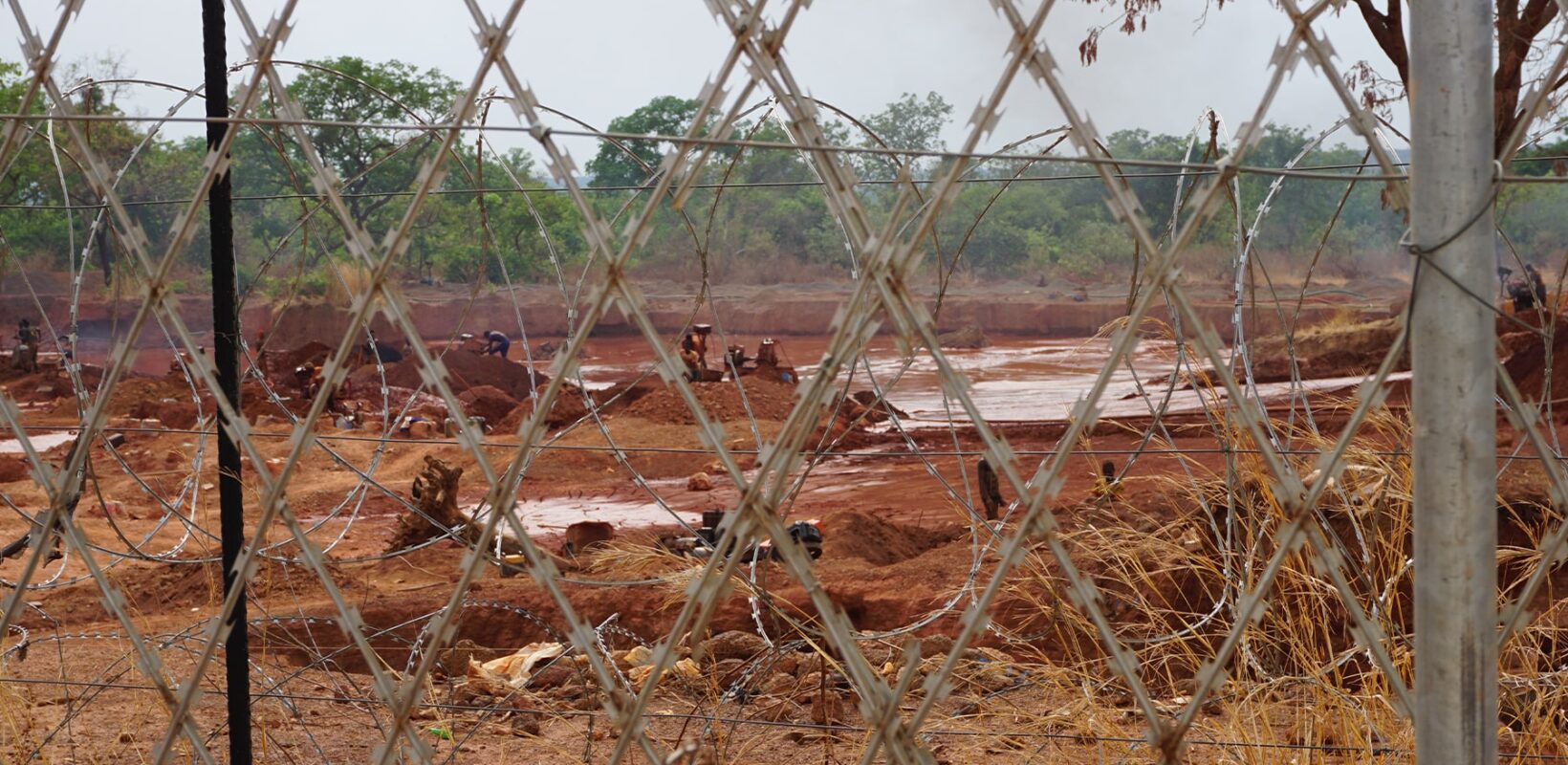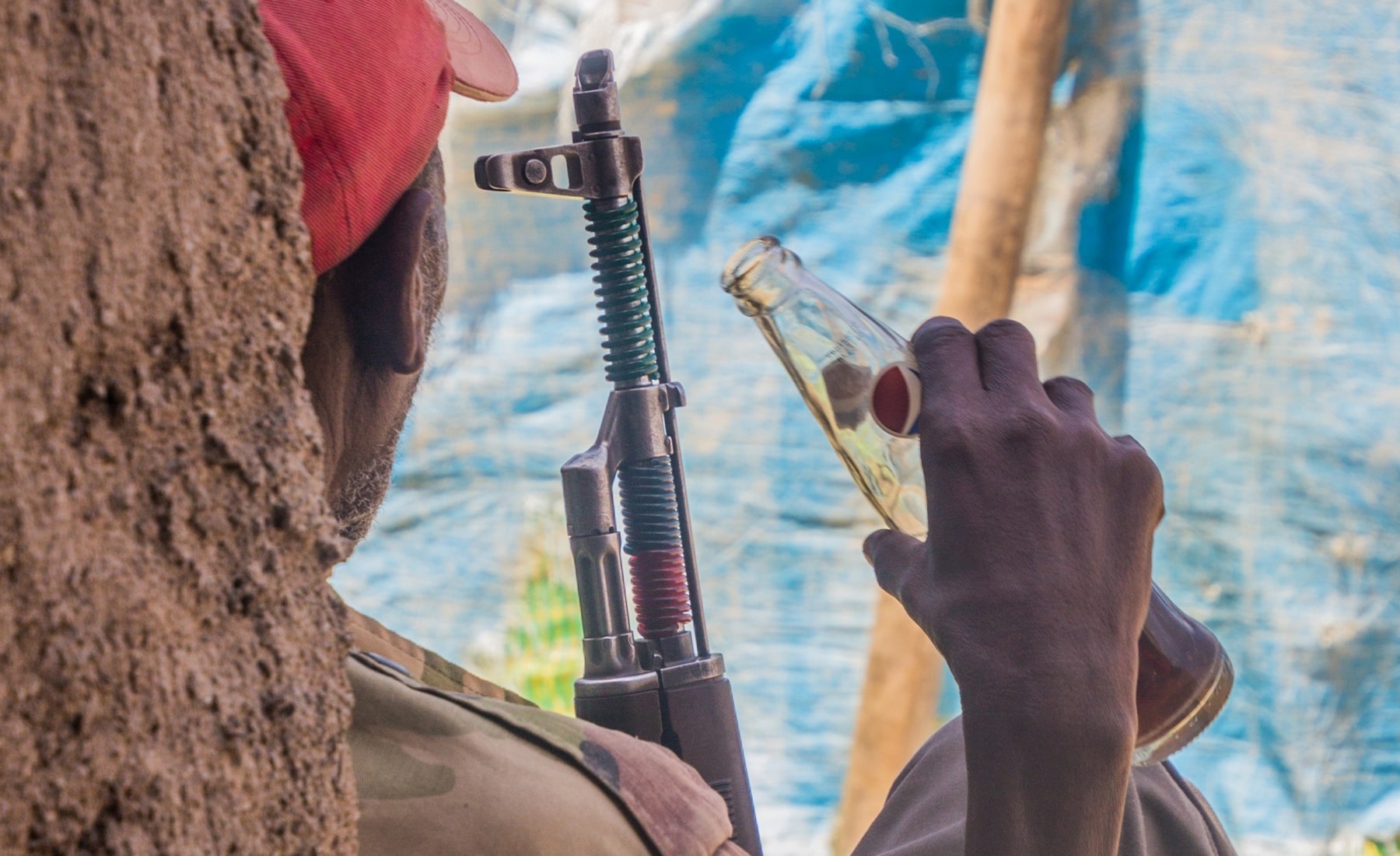
Security Forces and Human Rights: Are clashes inevitable?
A thought-piece by Fiona Hutmacher, Consultant at Kumi who has recently completed her master’s degree in Global Political Economy with distinction. Fiona authored her master’s thesis on the accountability of multinationals in the extractive sector for the actions of private and public security forces.
Introduction
In a world increasingly impacted by climate change, the transition to renewable energy sources has become essential. As nations scramble to secure critical minerals – such as copper, nickel or lithium – tensions are increasing between various stakeholders (e.g. workers, local communities, mining operators, police, local government etc.) in resource-rich countries (EITI report). To navigate local tensions and protect concession rights, mining companies often have little choice but to collaborate with private and public security forces. Unfortunately, there have been many occasions where security incidents have not been adequately handled, resulting in outbreaks of unrests and violations of human rights including physical assaults, shootings, robberies, sexual assaults and deaths. In this Insight I discuss the existing accountability framework and ask what mining companies can and should be doing to protect the rights and lives of local community members and workers when engaging security forces.
The trend towards privatisation of security (and why the distinction between private and public security forces matters from a human rights perspective)
Traditionally, the use of force has been a nation state’s prerogative, but this is rapidly changing. The Human Rights Council of the United Nations (OHCHR) reports that security in the extractive industry is becoming an increasingly private affair. Similarly, ICoCA (The International Code of Conduct Association) records a booming demand for private security services. Furthermore, the International Labour Organization (ILO) estimates that the private security industry is experiencing annual employment growth rates of 12%.
The increasingly private nature of the security industry has consequences from an accountability perspective. In international law, only states are recognised as ‘subjects’ with a duty of care towards all citizens. Private entities such as security providers or multinational mining cooperations are considered as ‘objects’ without the same obligations to protect and promote the human rights of third parties. The shift towards privatisation of security must come with strengthening the accountability framework for involved private actors. Victims of abuse should be protected in equal measures whether harm was caused by private or public security providers.
Human rights abuses linked to security forces are likely to increase
As mentioned, security forces often play a crucial role in the extractive sector when it comes to navigating local tensions and protecting concession rights. Security staff are often the first point of contact for anyone approaching a mine and represent the link between mining companies, host states and local communities.

If not handled carefully, tensions between host communities and security forces can all too easily result in conflict and violence. The Transitions Mineral Tacker, a tool developed by the Business & Human Rights Resource Centre, captures publicly reported allegations of human rights abuses in mining for selected critical raw materials (cobalt, copper, lithium, manganese, nickel and zinc). More than 10% of all recorded allegations are already directly linked to abuses caused by state or private security forces (July 2023). The number of recorded allegations is likely to grow as the anticipated surge in demand for critical raw material is expected to contribute to a growing number of tensions among stakeholders, as highlighted in the in the 2022 Mission Critical report by EITI (Extractive Industry Transparency Initiative).
The security sector deserves more attention
Where does all this leave the clients of security providers such as mining companies? How can they ensure that the human rights of local stakeholders are protected from abuses by security forces? There are no easy answers and realities are of course complicated, requiring carefully developed solutions. Circumstances on the ground have unique factors and local regulations vary, so there is no ‘one size fits all solution’. In some countries, certain tasks and rights are legally reserved for public security forces. In others, private security companies have wider competences and private guards may be allowed to carry firearms and have certain arrest and search powers.
Example, Copper Mine, DRC: During a site visit to a major copper mine in the Democratic Republic of the Congo (DRC), the security manager delineated the challenges he faced in coordinating with law enforcement agencies. Specific responsibilities, like safeguarding explosive deposits, were entrusted to the military, while tasks such as apprehending suspects in material theft cases required the collaboration of the mine’s (private) security forces with the official police force. This meant that the copper mine had to work with the government to ensure public security forces had accommodation for soldiers and a police station in reasonable proximity to the concession.
Political stability and security landscapes vary not only from country to country but also from province to province. Labour laws, language considerations, the prevailing socioeconomic environment and shifting geopolitics are other important factors to consider. Despite all these differences and nuances, I believe that any company working with security providers should undertake the following measures in line with the Voluntary Principles for Security and Human Rights:
Step 1: Risk assessment
Conduct an accurate risk assessment. This is essential to develop security solutions that safeguard and balance the rights of local communities, personnel and assets. Risk assessments rely on the collection of data and information through thorough human rights risk assessments, stakeholder mapping, in-depth due diligence on the employment, vetting and training practices of a security provider and ongoing tracking of security incidents and local developments.
Step 2: Engaging in Industry Initiatives
Understand and align with industry best practices. Companies should actively participate in industry initiatives, such as the ICoCA and the Voluntary Principles for Security and Human Rights, to increase awareness of common risks, build capacity and continuously improve their approach to security.
Step 3: Develop engagement plans and risk strategies
Using the risk assessment, develop security arrangements that address the risks identified and have clear strategies to manage these. Security arrangements should be transparent and entail regular engagement with host governments, civil society and local communities to ensure that rightsholders’ needs are appropriately reflected.
In summary, I posit that preventing human rights violations by security guards is entirely feasible. The key lies in fostering a collective understanding among mining operators and other stakeholders, acknowledging the pivotal role security providers, both public and private, play. It is imperative that the intricacies of this issue are acknowledged and appreciated. Developing an effective security solution that upholds and respects the rights of all stakeholders demands pro-activity, careful planning and foresight.

